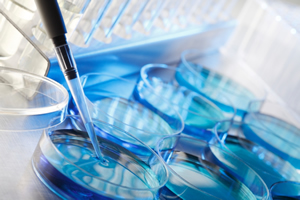
We believe that the birth of a healthy, full-term child from one pregnancy is the gold standard in our work. Consequently, we have adopted a conservative approach to embryo transfer to reduce the likelihood of multiple pregnancies. Usually, between one and three embryos are transferred in each attempt, depending on the individual patient's history.
Although the first in vitro baby was born from a natural cycle with spontaneous ovulation, controlled ovarian hyperstimulation (COHS) is now routine. Multiple pregnancies have become common, and it is estimated that 45% of IVF babies are from multiple pregnancies. Of these, twins account for almost 25%, triplets about 3.2%, and quadruplets 0.5% of pregnancies worldwide.
Unfortunately, neonatal and perinatal mortality is three to six times higher for twins than for singletons, and five to fifteen times higher for triplet and multiple pregnancies. The risk of cerebral palsy is six times higher for twins and twenty times higher for triplets. Multiple pregnancies also place a greater physical burden on the mother, with increased rates of miscarriage, high blood pressure, bleeding during pregnancy, increased risk of vomiting during pregnancy, and premature birth.
Premature birth carries a number of complications for the baby, including breathing difficulties, a higher incidence of jaundice, and feeding difficulties. Twins also have a higher incidence of abnormalities. Triplets are almost always born by Caesarean section, and twins very often are as well. Even if babies are born perfectly normal and healthy, raising two, three, or more babies can be challenging, with added emotional, physical, and financial strain.
To reduce the risk of multiple pregnancies, we need to limit the number of embryos transferred. When deciding how many embryos should be transferred, we must consider the number of previous pregnancies, the woman's age, the duration of infertility, the reason for the fertility problem, the number of previous attempts, the number of fertilized embryos, and their quality in the days of their early development in the laboratory. The remaining embryos that are of good quality can be frozen, stored, and used in a subsequent cycle if needed.
